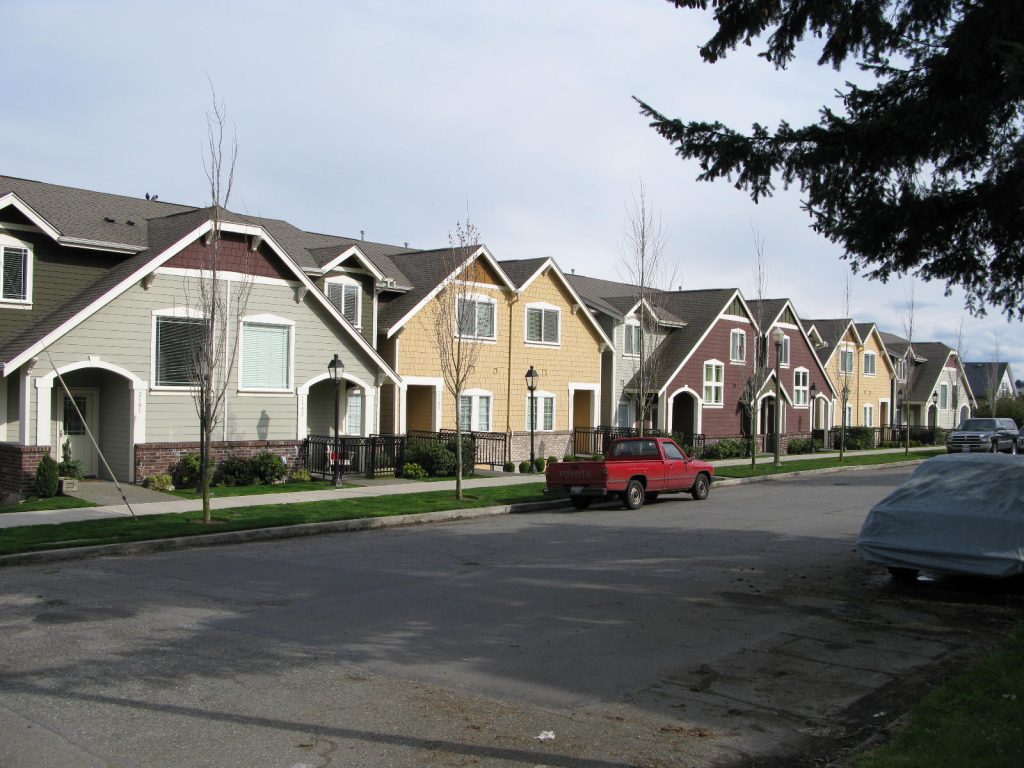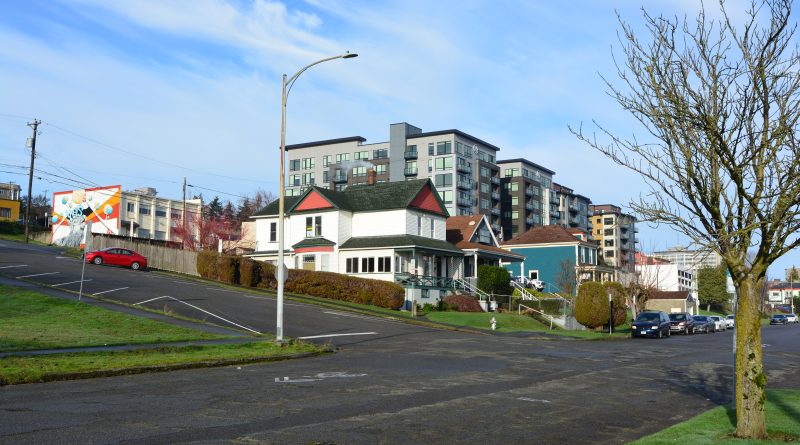Housing assistance programs increase support for homeless students in Tacoma
With 2659 homeless students in 2024, Tacoma Public Schools and Tacoma Housing Authority are working together to provide resources through the state’s McKinney Vento Act.
CORRECTION: This article was originally published with some outdated information. It has been updated as of 4/15/24.
Tacoma Public Schools (TPS) and Tacoma Housing Authority (THA) entered a Memorandum of Understanding that establishes a local waitlist for housing insecure families of students in TPS and hopes to expand access to housing programs.
“One of the main things that we can pinpoint right now is the lack of affordable housing in our general area,” said Associate Director of Rental Assistance Fernando Ruiz of the Tacoma Housing Authority. “You know, we’re looking at rents that continue to rise, and income is not rising at the same rate.”
Eligible applicants will be offered the next available resource provided by the voucher issued by the United States Department of Housing through the McKinney-Vento Act.
“If you do not have fixed adequate nightly housing per night, you become what we call a McKinney-Vento student,” said Title I & Learning Assistance Program (LAP) Taj Jensen for TPS.
Chapter 119, Title 42 of Education for Homeless Children and Youths says that all states “shall ensure that each child of a homeless individual and each homeless youth has equal access to the same free, appropriate public education, including a public preschool education, as provided to other children and youths.”
The length and turnaround time for the waitlist is unknown, with at least 2,659 homeless students living in Tacoma in April 2024. Of that total, there are 407 unaccompanied youth living without their legal guardians, according to Jensen.
In 2023, there were 2033 homeless students and 270 unaccompanied youth on record in the Tacoma Public Schools system. Over the span of one year, 626 more students became homeless.
Applications for the waitlist have not yet opened. The housing units offered to families are owned by THA, and eligible applicants can qualify for a housing choice voucher that would allow them to lease up with a private landlord in their community.
“Of course, you know, you have to call out systemic inequalities that lead to folks experiencing homelessness,” Ruiz said.
“We have kids that are living in the woods on Swan Creek. We have families of 6-8 living in in cars in parking lots, we have some in shelters, families are broken apart because sometimes shelters don’t take a father figure male, some are female-only,” Jensen said.

THA sees low-income people without employment, people in domestic violence situations, mental health concerns and trauma or substance abuse, according to Ruiz.
“Some have gone through horrific events that have put them in a homeless situation and/ or unaccompanied youth where they had to leave their house because of circumstances,” Jensen said.
In 2011, THA and TPS worked together to create the McCarver Elementary School Housing Assistance Program, which helped up to 50 households pay rent on apartments or houses for five years.
In order to qualify for housing assistance, the household must be at or below 50% area median income, which adjusts based on the family size.
For a household of one, 50 percent area median income is $37,650 and for a family of four the income would be at $53,750. In Washington, the AMI is $109,200 for a family of four, according to Greater Greater Washington.
Finding proper case management was challenging, as well as finding housing for families in specific neighborhoods, where students attend school, according to Ruiz.

Featured image caption: Houses near the UWT campus.
Photo Credit: Joe Mabel, published under the Creative Commons Attribution-Share Alike 4.0 International license.






